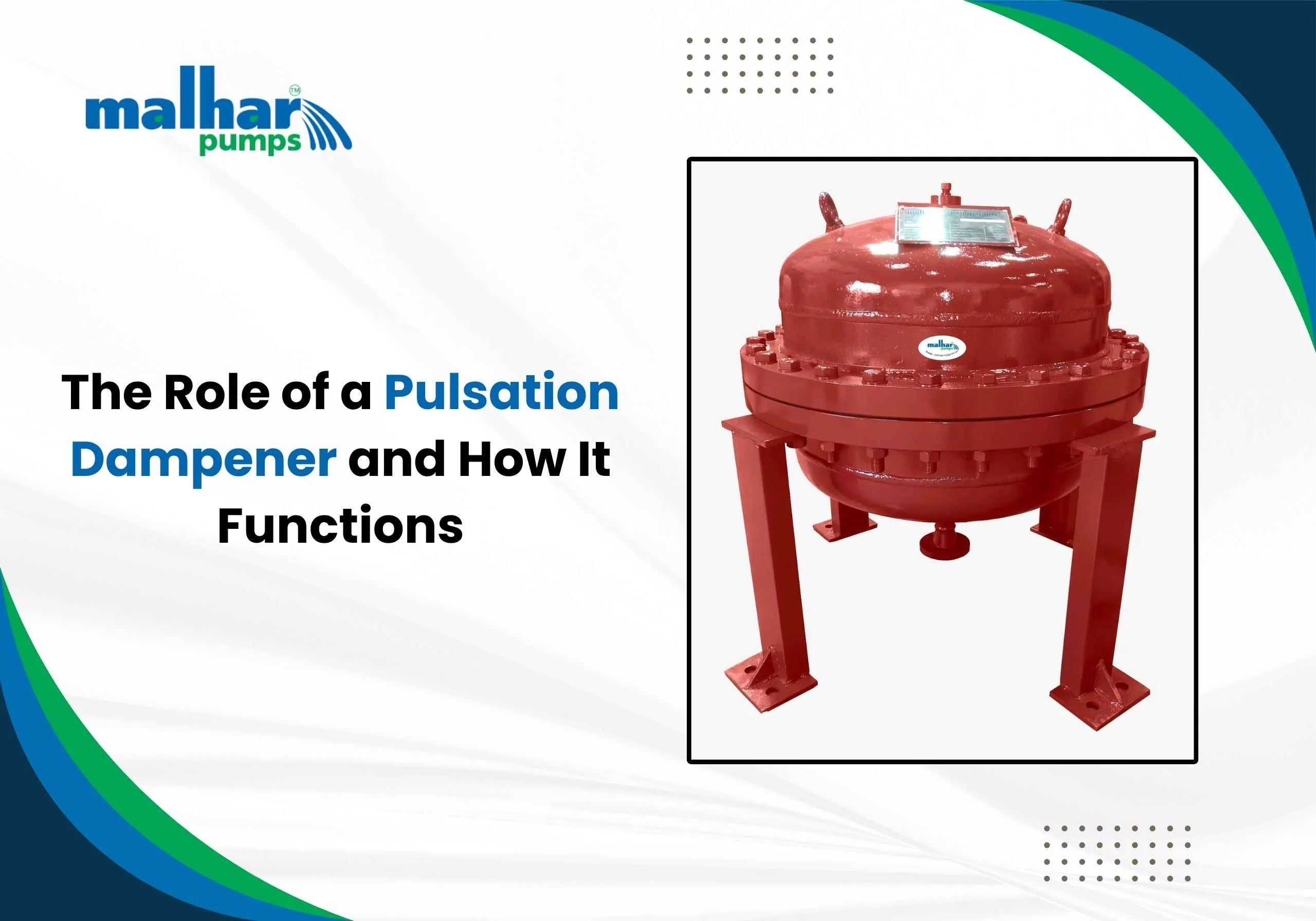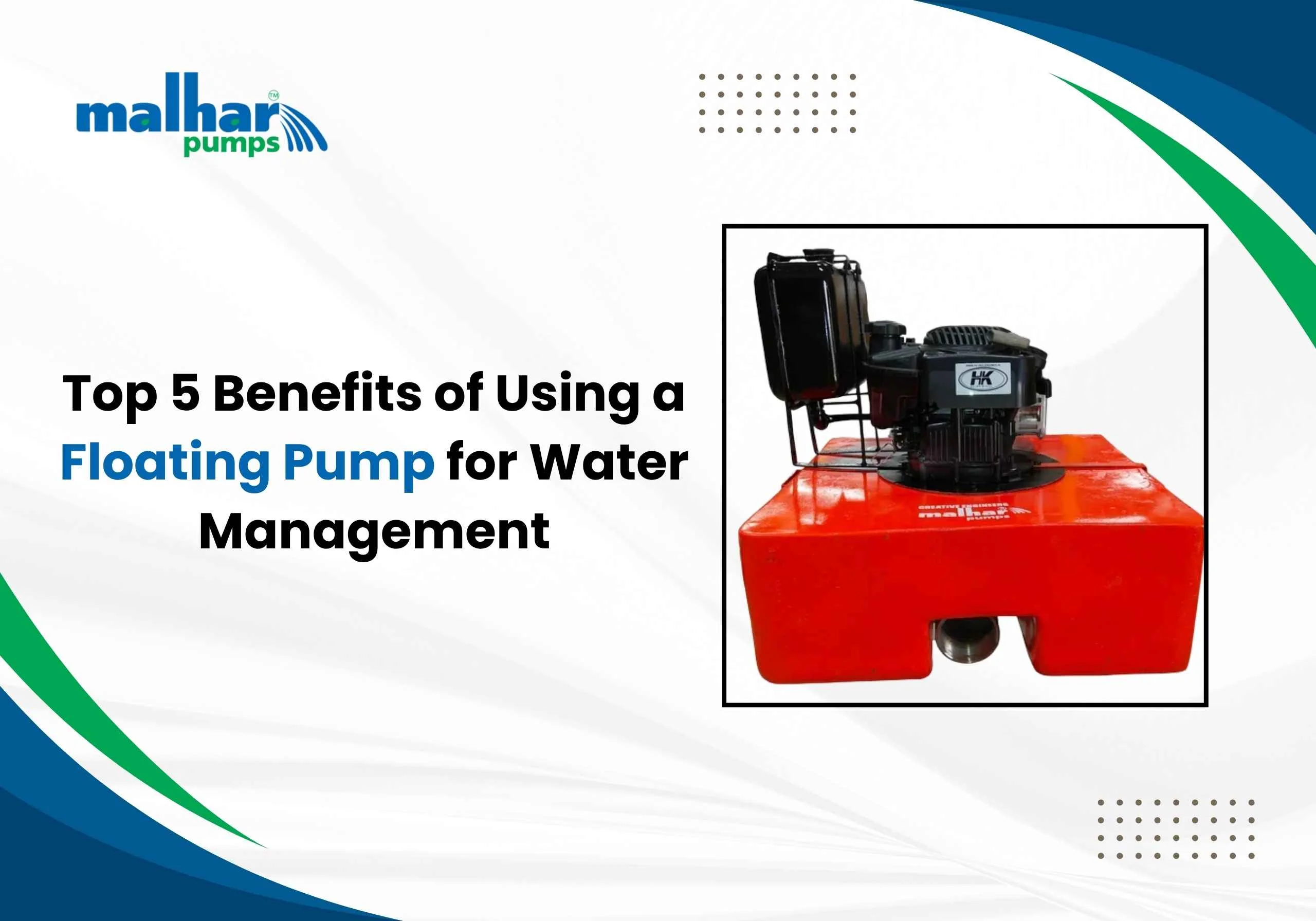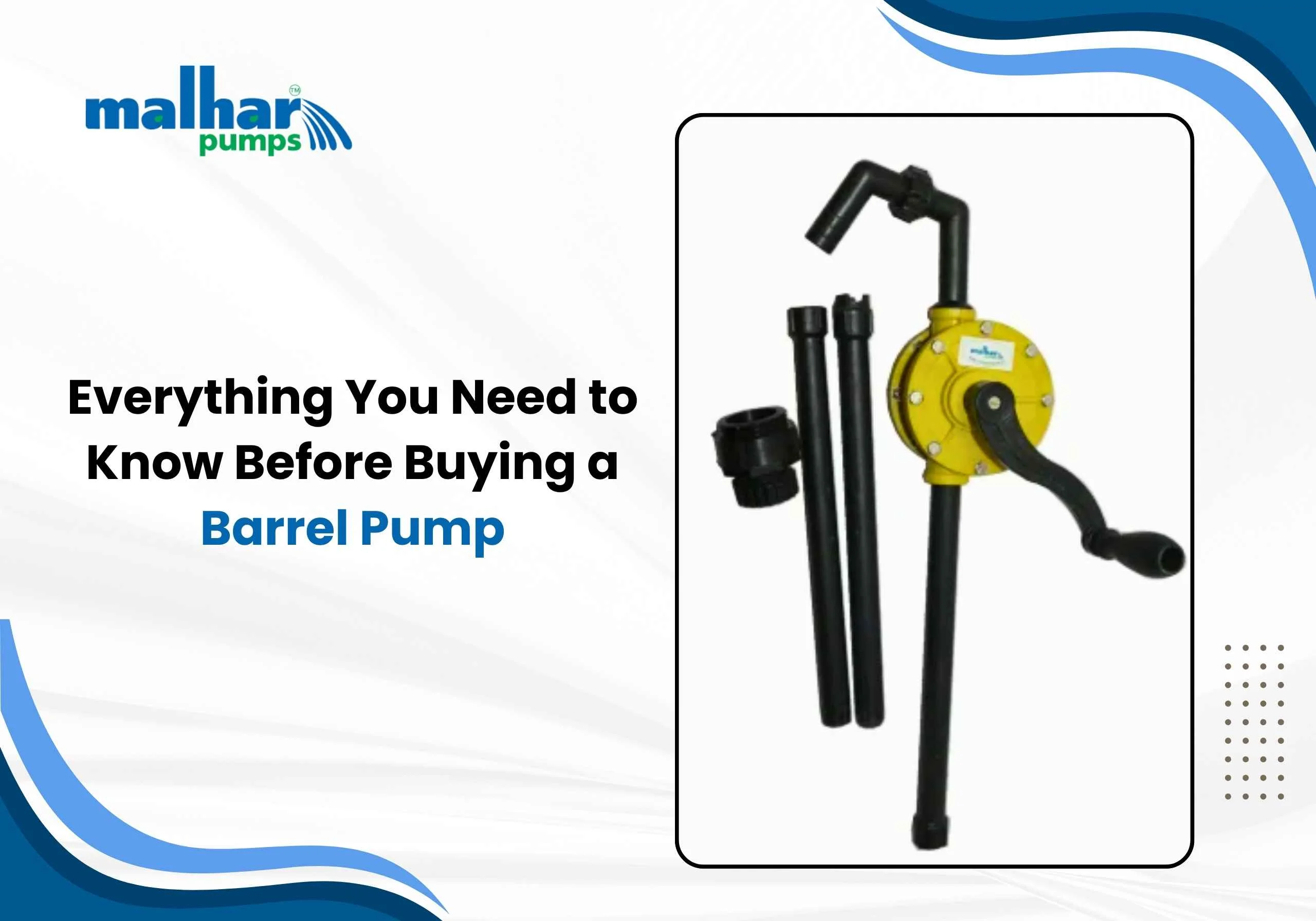A pulsation dampener is an important device installed in pumping systems to keep the liquid flow steady. Without it, sudden pressure changes can cause damage to pipes, valves, and other parts.
By absorbing these pressure changes, it protects equipment and helps the system run more efficiently and last longer. You’ll often see it used in places like water treatment plants, chemical factories, and oil refineries where a steady flow is very important.
Understanding Pulsation Dampener
A Pulsation dampener reduces sharp pressure changes and vibrations that occur mainly when using positive displacement pumps. These pressure pulses can cause noise, system wear, and damage to pipes or fittings. By absorbing these fluctuations, the dampener keeps the fluid flow constant and quiet.
How Does a Pulsation Dampener Work?
The core functioning idea is simple but effective. A flexible diaphragm or cushion is placed inside a chamber filled with air or inert gas to absorb pulses. When the pump creates a pressure surge, the device absorbs it, helping the fluid flow more smoothly.
This extends the life of your pump system, lowers noise, and stops water hammering. In other words, it acts like a cushion that evens out the flow and keeps your pumping process consistent and reliable.
Benefits of Using a Pulsation Dampener
Using this dampener offers multiple advantages:
- Reduces Pipeline Vibrations: No more rattling noises or unstable system performance.
- Protects Valves and Sensors: It reduces pressure rises, which helps to avoid costly repairs.
- Improves Flow Accuracy: It is especially important for dosing and measuring liquids accurately.
- Increases Equipment Lifespan: Lower wear and tear results in less frequent replacements.
- Boosts Overall Efficiency: A steady flow leads to better performance and energy savings.
Applications Where a Pulsation Dampener Is a Must
- Water Treatment Plants: This contributes to maintaining consistent pressure and flow in filtration and distribution systems.
- Chemical Dosing Systems: Ensure accurate dosing by reducing pressure surges.
- Food and Beverage Industries: Keep the flow smooth and clean, reducing contamination risk.
- Oil and Gas Sector: Protects critical equipment from unexpected pressure changes and maintains a steady flow.
- Pharmaceutical Manufacturing: It keeps fluid transfer accurate for applications that require very pure liquids.
- Pulp and Paper Industry: Reduces vibration and improves performance in fluid-based machinery.
Top pulsation dampener manufacturers make different types of dampeners to fit the special needs of each industry, helping systems work well, stay safe, and last a long time.
Why Choosing the Right Pulsation Dampener Matters?
Not all dampeners are made equal. The material compatibility, pressure range, and system design should all be appropriate for the purpose. A high-quality pulsation dampener will provide constant performance, but a badly chosen one may cause more harm than benefit. Always consult with a professional before making a purchase.
Final Words
Pressure dampeners are a small component that has a significant influence. It protects your system, increases productivity, and ensures that everything works correctly. Whether you’re installing a new system or upgrading an old one, never underestimate its importance.
As reliable pulsation dampener manufacturer, Malhar Pumps knows how important it is to protect your system. We provide strong and dependable dampeners that keep your pump running smoothly and give you peace of mind.
Want to improve your pump system? Contact Malhar Pumps now to get the best solution for you!
FAQs
1. What is the function of the pulsation dampener?
Ans. It lowers pressure fluctuations and smoothes fluid flow in pumps and pipe systems, thereby protecting equipment and increasing efficiency.
2. How does a dampener work?
Ans. It absorbs rises in pressure by compressing a gas or a flexible part, which stabilises flow and reduces pulsations in the system.
3. How do I choose a pulsation dampener?
Ans. Choose according to system pressure, flow rate, fluid type, pulsation frequency, and compatibility with your pump and application.
4. What is the purpose of a damper?
Ans. A damper efficiently stabilises fluid or mechanical systems by reducing or controlling noise, vibrations, and changes in airflow.
Follow us on Facebook to know more!









